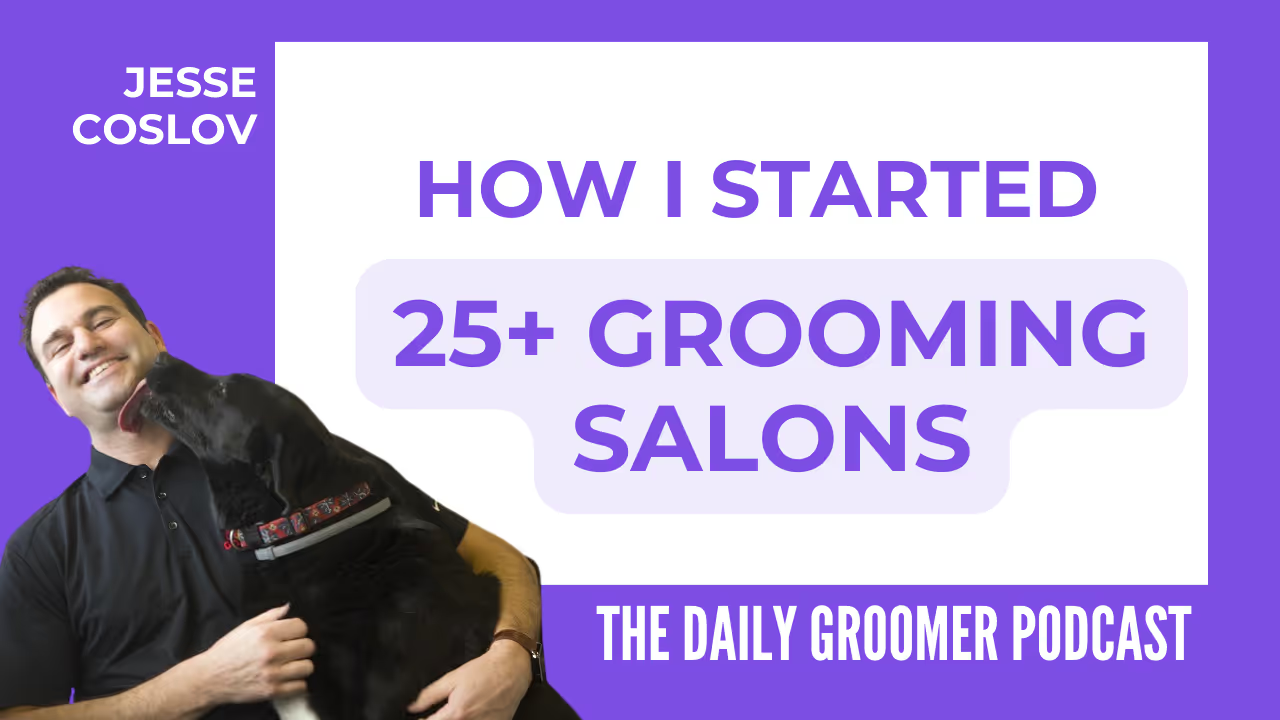Grooming Safely: Protecting Yourself and Your Furry Clients from Accidents
Learn how to groom dogs safely and protect yourself and your furry clients from accidents


Grooming Safely: Protecting Yourself and Your Furry Clients from Accidents
Introduction
Welcome to The Daily Groomer, where we prioritize your safety and the well-being of your furry clients. As professional dog groomers, it's crucial to create a grooming environment that minimizes accidents and ensures a stress-free experience for both you and the animals in your care.
The Importance of Safety in Dog Grooming
Dog grooming is more than just making our furry friends look their best; it's about their overall well-being. Unfortunately, accidents can happen during grooming sessions, which is why practicing safety measures is paramount.
Understanding Potential Hazards
Before we dive into safety practices, let's identify the potential hazards you may encounter during grooming session
Grooming Safety Tips
1. Proper Tool Handling & Maintenance
A fundamental aspect of safety is properly handling and maintaining your grooming tools. Ensure all your tools are sharp and in good condition to avoid accidents. Regularly clean and sanitize your equipment to prevent the spread of bacteria or other infections.
2. Safe and Secure Environment
To minimize accidents, maintain a safe and clean grooming environment. Keep the floors dry and free of any tripping hazards. Invest in non-slip mats to prevent slips and falls, both for yourself and the animals. Create a calm and secure atmosphere to ease any anxiety in your furry clients, reducing the risk of accidents caused by agitation or fear.
3. Proper Restraint Techniques
Using appropriate restraint techniques is vital to your safety and the safety of the dogs in your care. Learn and apply gentle yet effective restraint techniques to ensure the grooming process goes smoothly. Remember, a firm yet compassionate approach is key.
4. Bathing and Drying Safety
When bathing dogs, always check the water temperature to prevent scalding or freezing your furry clients. Use safe and non-toxic shampoos and conditioners, avoiding any potential allergic reactions. While drying, use adjustable-speed dryers to prevent overheating your client's sensitive skin.
5. Communication and Handling Aggressive Dogs
Proper communication with pet owners is crucial. Obtain detailed information about the dog's behavior and temperament to ensure you are equipped to handle any potential aggression. When dealing with aggressive dogs, take extra precautions and, if needed, seek the help of a professional behaviorist.
6. Personal Protective Equipment (PPE)
Always prioritize your own safety by wearing the appropriate personal protective equipment (PPE). This may include gloves, goggles, aprons, or masks. PPE not only protects you from injuries but also helps prevent cross-contamination or allergic reactions caused by grooming products.
7. Training and Continuing Education
Stay up to date with the latest grooming practices and safety techniques by participating in training programs and continuing education. This will help you refine your skills and strengthen your understanding of safety measures in the grooming industry.
Conclusion
When it comes to grooming safely, there is no room for compromise. By implementing these safety tips, you can create a secure and stress-free environment for both yourself and your furry clients. Remember, grooming is not just about making dogs look good – it's about their well-being and your professional excellence.
For more expert advice and insights on professional dog grooming, keep visiting The Daily Groomer.


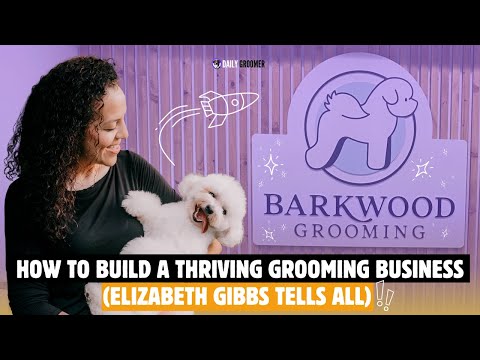












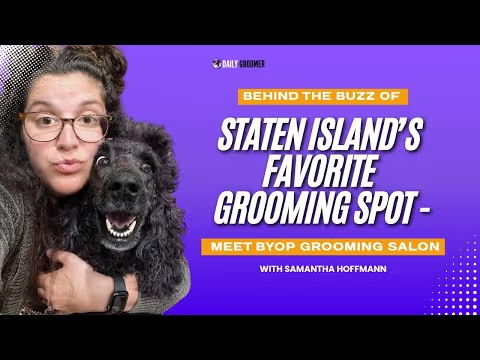

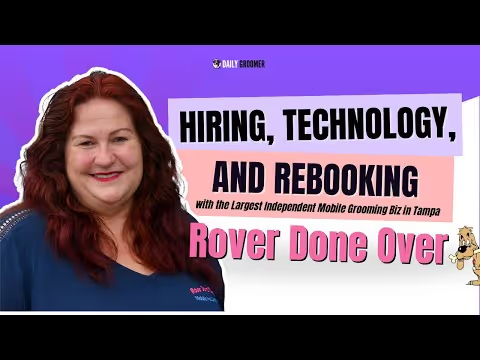
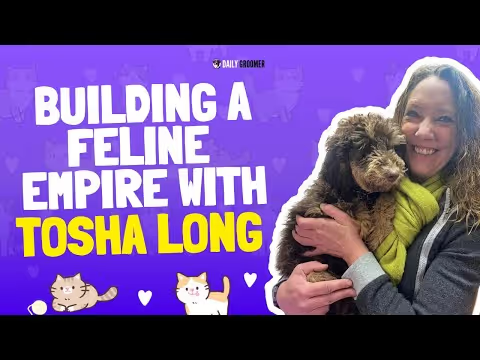






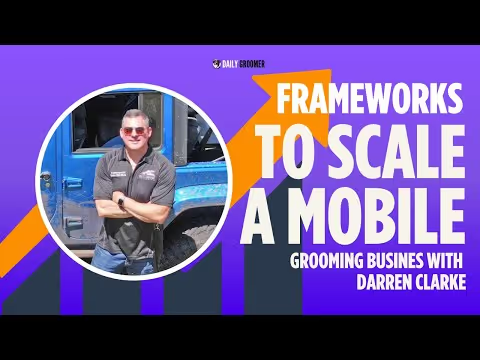
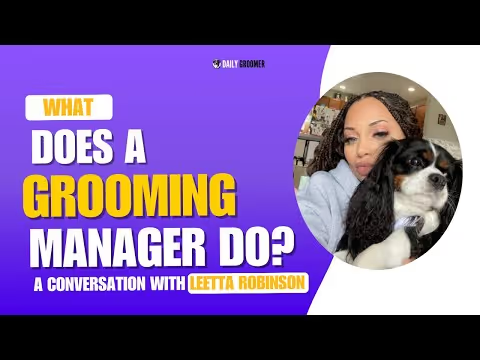



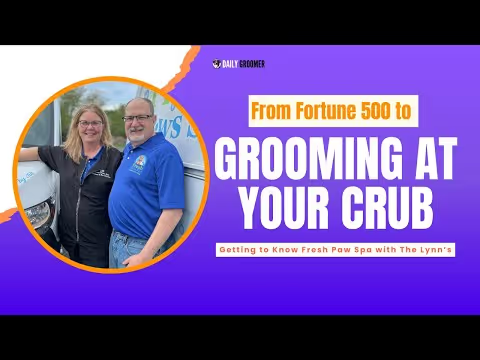




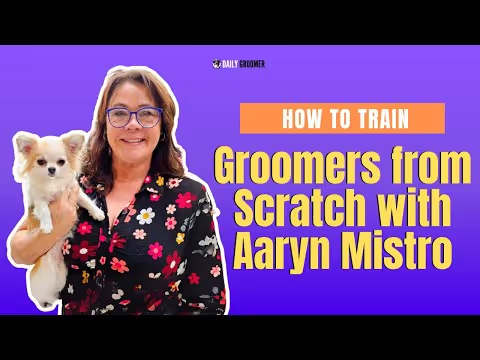
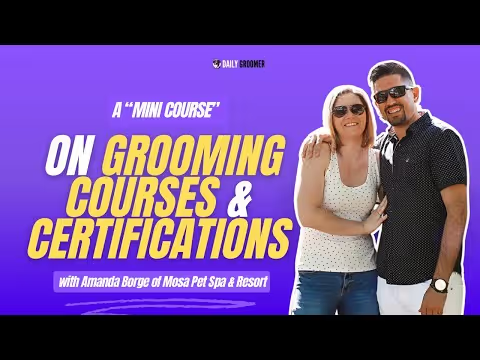






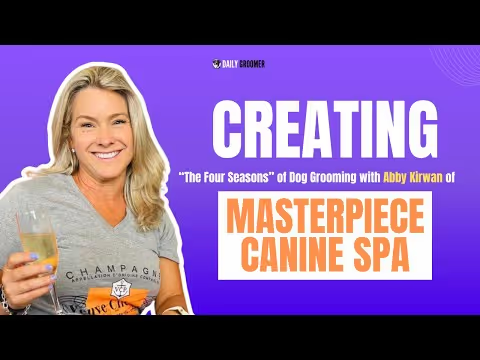


.avif)

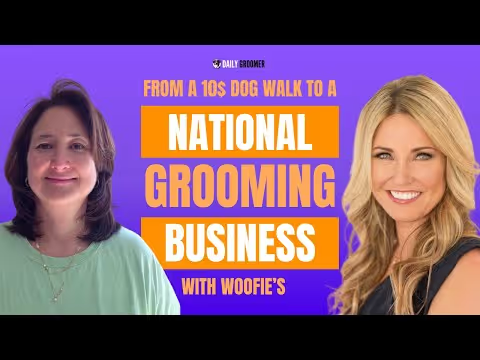





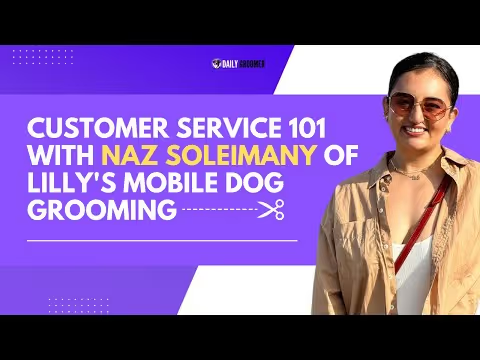




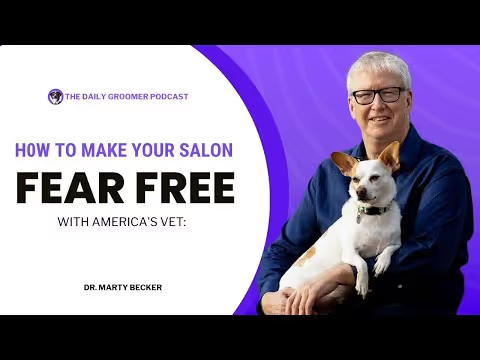








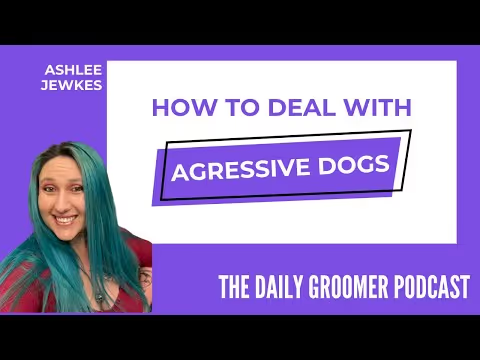
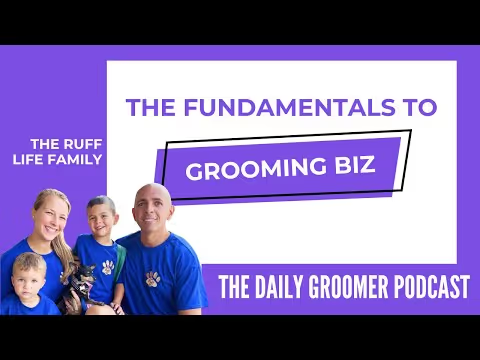


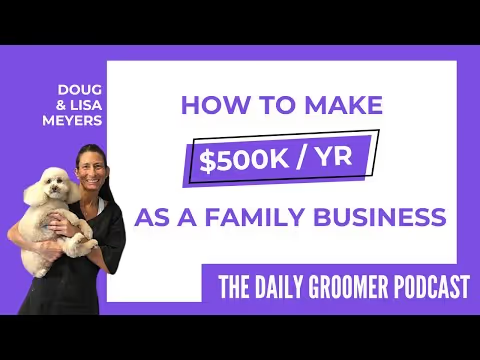
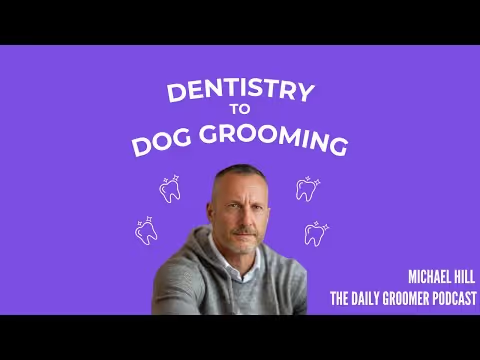





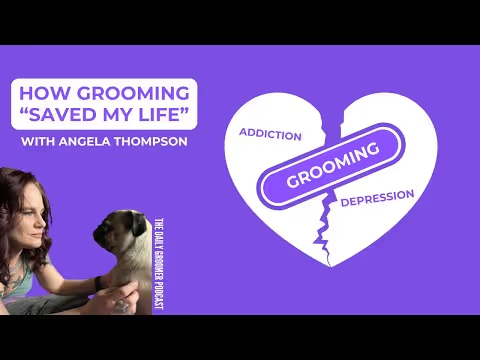



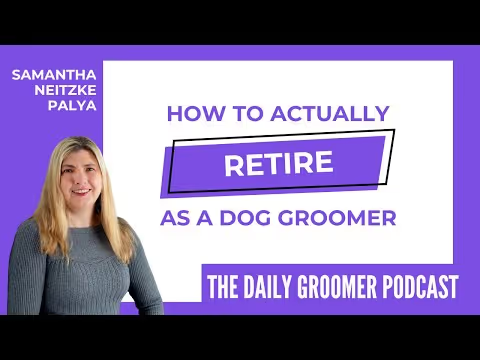



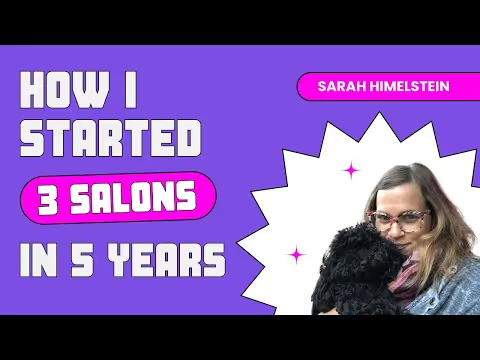




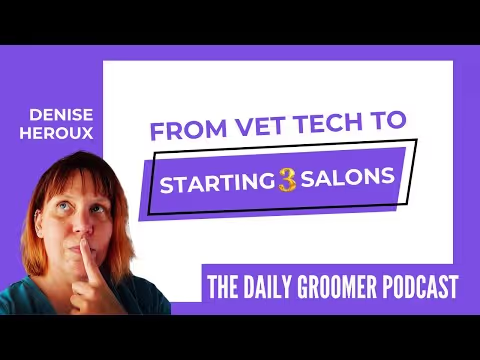

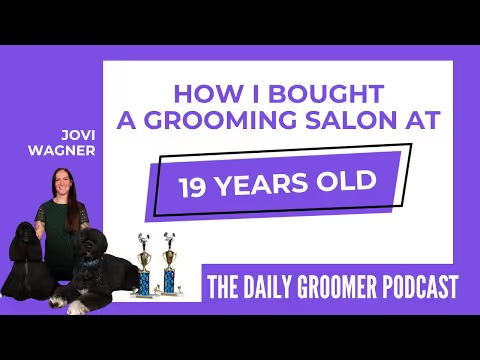


.avif)


